Buy intel Xeon e7 8860 processors DELL, IBM, HP Online, Best Deal
Sale!
Click to open expanded view
₹ 22,999.00₹ 24,999.00 (-8%)
Specification
Status:In stock
- Processor
- Number of Cores: 10
- Base Clock: 133MHZ
- L1: cache: 64kb
- L2 Cache: 256KB
- L3 Cache: 30720KB
- Bus SPeed: 667 MHz FSB
- Memory Support: DDR3
- Free Shipping
- Thermal Design Power: 130w
- Power Required: 135W
- Manufacturing Tech:22mn
- Exclusive of Taxes
- Shipping Charges depend on location
Buy Best intel Xeon e7 8860 processors IBM, DELL, HP with great discount in India compare to other dealers, Warranty, 24/7 support, COD, Net banking, Credit, Debt, Number of Cores, Sockets
Buy Now
- Description
- Reviews (0)
- FAQ
Get online all models intel Xeon e7 8860 processors on DELL, IBM and HP brands of servers for your running project or startup business at best price compared to any other providers or competitors, or dealers. We provide Intel Xeon 6 core processor and supports with threads, sockets it gives the best speed for the processors. We accept all payment options and delivery across India within less time.
The socket of the e7-8860 is Intel Socket 1567. Transistors of the intel Xeon e7 8860 processor are 2600 million and die size of the processor is 513 mm². The frequency of the intel Xeon e7 8860 2.26ghz processor is 2276 MHz. The base clock of the processor is 133 MHz. Thermal design power of the intel Xeon e7 8860 2.26ghz processors is 130w and voltage of the processor is 1.35v.
We will provide the 1-year onsite warranty. If the customers getting any issues then our support team will take immediate action. We will provide easy delivery over the metropolitan cities.
Also Visit: Server Accessories
Intel Xeon E7-8860 Processors Pricing List:
| Product Name | Specifications | Cores | Price | Buy Now |
|---|---|---|---|---|
| Intel Xeon E7-8860 | Intel Xeon ProcessorE7-8860 ( 2. 26 GHz/10-core/24MB/130W) 26 GHz/10-core/24MB/130W) |
4 | Rs. 22,999/- | |
| Intel Xeon E7-8860 Pair | Intel Xeon ProcessorE7-8860 ( 2.26 GHz/10-core/24MB/130W) | 4 | Rs. 40,499/- | |
| Dell Intel Xeon E7-8860 |
Dell XeonE7-8860 with CPU kit for Dell PowerEdge R810, R910, M910 |
4 | Rs. 22,999/- Onwards |
|
| HP Intel Xeon E7-8860 |
HP XeonE7-8860 with CPU kit for HP DL580 G9 |
4 | Rs. 23,799/- Onwards |
|
| IBM Intel Xeon E7-8860 |
IBM XeonE7-8860 with CPU kit for IBM System x3850 X5, IBM System x3850 X5 |
4 | Rs. 24,499/- Onwards |
Intel Xeon E7-8860 Processors Additional Information:
| Server Name | CPU Kit Specifications |
|---|---|
| Dell R810 |
Dell R810 Heatsink with part number: C651P Heatsink / 419VC Cooling Fans / Cooling Paste |
| Dell R910 |
Dell R910 Heatsink with part number: U884K Heatsink / H894R Cooling Fans / Cooling Paste |
| Dell M910 |
Dell M910 Heatsink with part number: T184N, U838P Heatsink / Cooling Paste |
| HP DL580 G9 |
HP DL580 G9 Heatsink with part number: 732443-001, 735622-001 Heatsinks / 735513-001, 732428-001 Cooling Fan / Cooling Paste |
| IBM System x3850 X5 |
IBM System x3850 X5 Heatsink with part number: 59Y6230 Heatsink / 59Y4813, 59Y4850 Cooling Fans / Cooling Paste |
| IBM System x3950 X5 |
IBM System x3950 X5 Heatsink with part number: 49Y7759, 68Y7208 Heatsink / Cooling Paste |
No FAQ Found
Intel Xeon Processor E7 Family
Overview:
Today’s advanced analytics solutions are fundamentally changing the speed with which businesses can extract insights
from large data sets.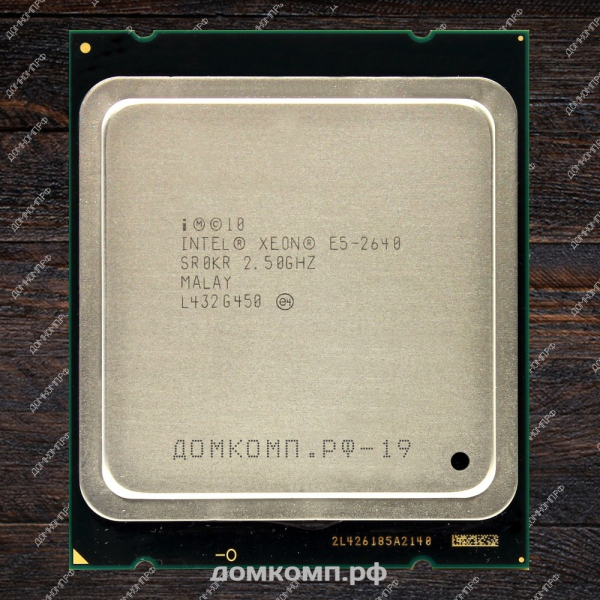 With results delivered in seconds or minutes rather than hours or days, business intelligence can be
With results delivered in seconds or minutes rather than hours or days, business intelligence can be
integrated into critical, real-time processes to drive better results, improve decision making, deliver new services and
experiences, and implement new revenue-generating business models.
Four-socket, eight-socket, and larger servers based on the Intel® Xeon® processor E7-8800/4400 v3 product families
provide exceptional performance and scalability for real-time analytics operating on multi-terabyte and even petabytescale
datasets. With their massive execution resources, large memory capacity, and advanced reliability features, these
servers also provide best-in-class support for traditional enterprise applications, such as enterprise resource planning
(ERP), data warehousing, and online transaction processing (OLTP).
As workloads continue to grow, these powerful servers can help you expand your IT capabilities to support faster, smarter,
more data-driven business models.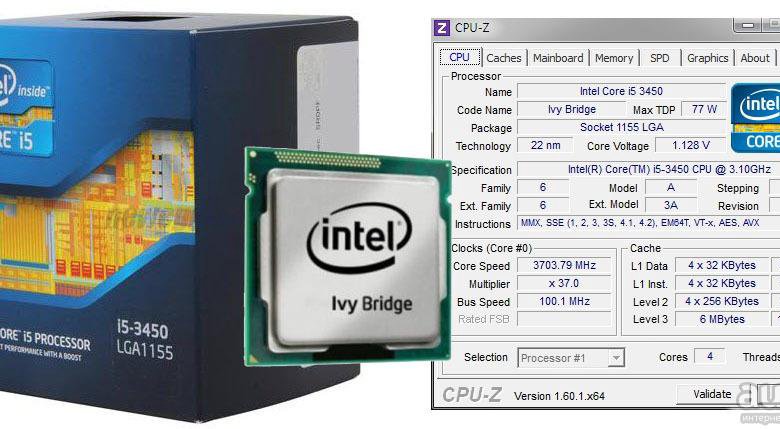 They can also help you virtualize demanding workloads and move them into private or
They can also help you virtualize demanding workloads and move them into private or
hybrid clouds, so you can bring new agility, efficiency, and resilience into your mission-critical environments.
Features:
Up to 5.9X Higher Performance1,2 for Critical Workloads
With up to 20 percent more cores, threads, cache, and
system bandwidth than previous generation processors,
the Intel Xeon processor E7 v3 family makes fast work of
complex, high-volume transactions and queries. These
processors also support both DDR4 and DDR3 memory
technologies, so you can balance cost versus performance
more flexibly as your workloads grow.
These and other enhancements deliver up to 1.37X1 the
performance for traditional OLTP workloads versus previousgeneration
processors and up to 1.58X1 higher performance for
business intelligence and analytics. Two new technologies
provide additional and dramatic gains for many critical
enterprise applications.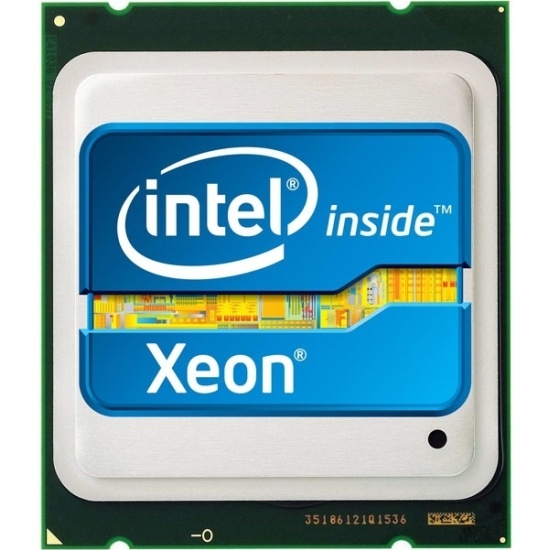
- Intel® Transactional Synchronization Extensions3 (Intel®
TSX) introduced in the Intel Xeon processor E7 v3 family,
provides up to 5.9X higher OLTP performance1,2 for
optimized database solutions, via a flexible and easy-touse
mechanism that accelerates multi-threaded workloads
by dynamically exposing otherwise hidden parallelism. - Intel® Advanced Vector Extensions3 2.0 (Intel® AVX 2.0)
with new Fused Multiply Add (FMA) instructions doubles
both the maximum number of floating point operations per
second (Flops) and the maximum width of vector integer
instructions (to 256 bits)—to extend the performance
benefits of Intel AVX into enterprise computing.
World-Class Reliability, Availability, and Security
Servers based on the Intel Xeon processor E7 v3 family
include Intel® Run Sure Technology3 which provides Resilient
System and Resilient Memory technologies to support
mission-critical uptime and advanced data integrity. These
These
systems have been delivering uptime levels comparable to
high-end RISC-based systems for several years,4 and the
Intel Xeon processor E7 v3 family adds valuable new Intel
Run Sure technologies.
- Enhanced Machine Check Architecture Recovery Gen2 helps to improve system resilience by extending automatic
error recovery to the core execution engine. - Address Range Memory Mirroring helps to improve
memory resilience by providing granular control over
which memory regions are mirrored. You can mirror
critical data for extreme reliability, while leaving more
memory available for other workloads.
Other new reliability features include multiple rank
sparing, which enables increased memory redundancy,
and DDR4 recovery for command and address parity
errors. These technologies provide additional support
for increasing system uptime and data integrity, while
reducing service costs.
The Intel Xeon processor E7 v3 family also includes
integrated security technologies that help to protect data,
software, and hardware more effectively. Capabilities such
as hardware-accelerated encryption and trusted platform
launches (based on cryptographically verified “known good
states”) support stronger security with less impact on
application performance.
Scalability for Any Workload
The Intel Xeon processor E7 v3 family provides a powerful
engine for both in-memory and traditional workloads,
with up to 18 cores, 36 threads, and 45 MB of last-level
cache per socket—plus support for up to 6 TB of memory
in a four-socket system and up to 12 TB in an 8-socket
system. Even larger configurations are available from
select server vendors.
Optimizing platform scalability requires a balanced platform
to avoid performance-limiting bottlenecks.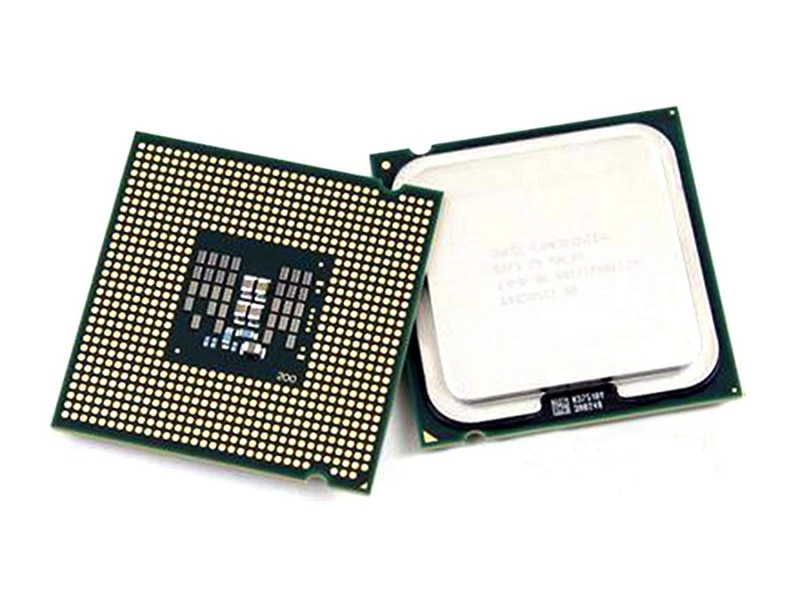 Intel offers
Intel offers
high-performance storage and networking solutions for
the most demanding workloads.
- The Intel® Solid-State Drive Data Center Family for PCIe*
(Intel® SSD) delivers up to 5x the throughput of SATA
SSDs, with enterprise-class reliability, endurance, and
data protection. - The Intel® Ethernet Controller XL710 (40GbE) provides
flexible, high-performance network solutions to keep
data flowing more quickly and reliably, even in dense,
virtualized environments. - Intel® QuickAssist Technology offloads cryptographic and
data compression workloads to dedicated accelerators
to improve performance, while freeing up CPU cycles for
improved scalability.
Powerful Virtualization for Data Center Modernization
Servers based on the Intel Xeon processor E7 v3 family
provide the performance, scalability, and reliability needed
to virtualize enterprise workloads and move them into private
or hybrid cloud environments.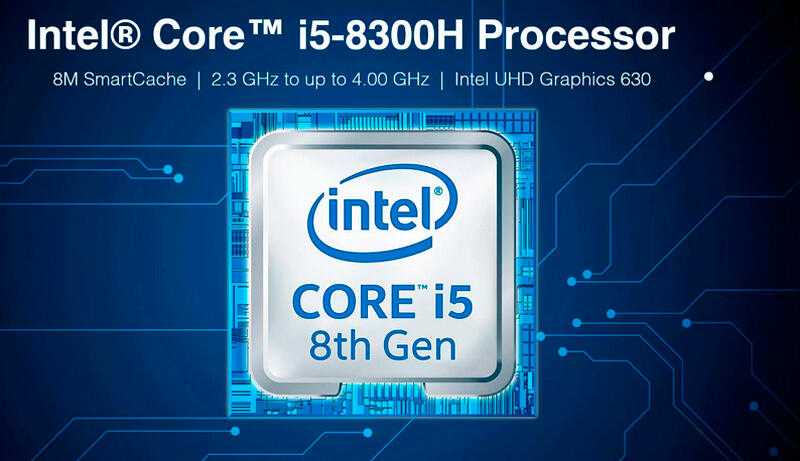 Platform-wide hardware
Platform-wide hardware
assists for virtualization enable near-native performance in
virtual machines, and advanced telemetry provides better
insight for monitoring and orchestrating resources. Two new
technologies bring additional flexibility and robustness.
- Cache Monitoring helps to eliminate cache contention
among virtual machines. “Noisy neighbors” can be
identified and moved before performance is compromised. - Intel® Virtual Machine Control Structure (VMCS)
shadowing allows one hypervisor to run in a virtual
machine managed by another hypervisor, without
compromising performance. VMCS provides greater
security and isolation for ultra-sensitive workloads and
for running development/test and production workloads
on the same server.
Up to 5.9X higher performance1,2 for more
responsive applications
- Up to 20 percent more cores, threads, cache, and system
bandwidth compared with the previous-generation
delivers platform-wide improvements for better
overall performance.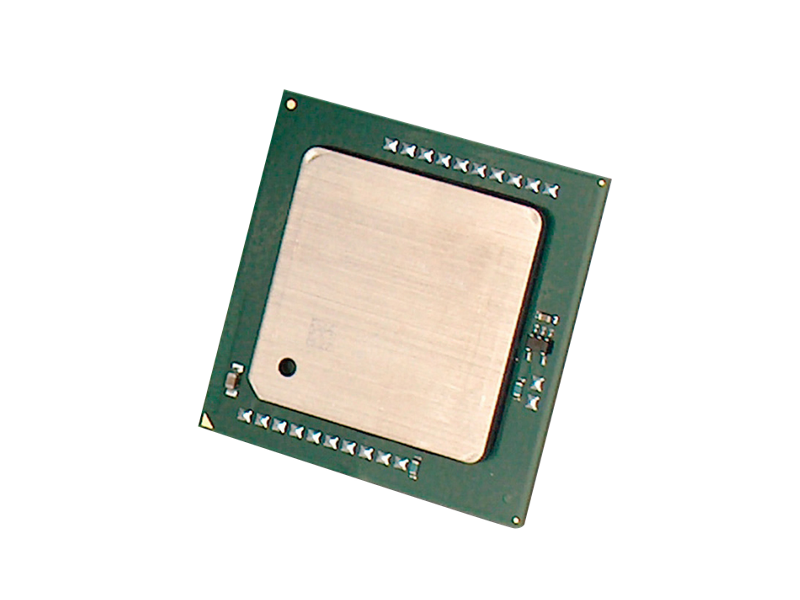
- Intel® Transactional Synchronization Extensions3
(Intel® TSX) accelerate queries and database transactions
by dynamically optimizing the execution of critical, lockprotected
data sections. - Intel® Advanced Vector Extensions3 2.0 (Intel® AVX 2.0)
improves performance for many applications, through
wider vector units and new instructions that perform
more work per clock cycle.
Scalable memory capacity for real-time analytics across
large data sets
- Up to 6 TB per 4-socket server and 12 TB per 8-socket
server, with larger scale-up configurations available from
select server vendors. - Support for both DDR4 or DDR3 memory provides
flexibility and headroom for future growth. - Memory performance mode for higher I/O and bandwidth
(plus lockstep mode for higher data reliability).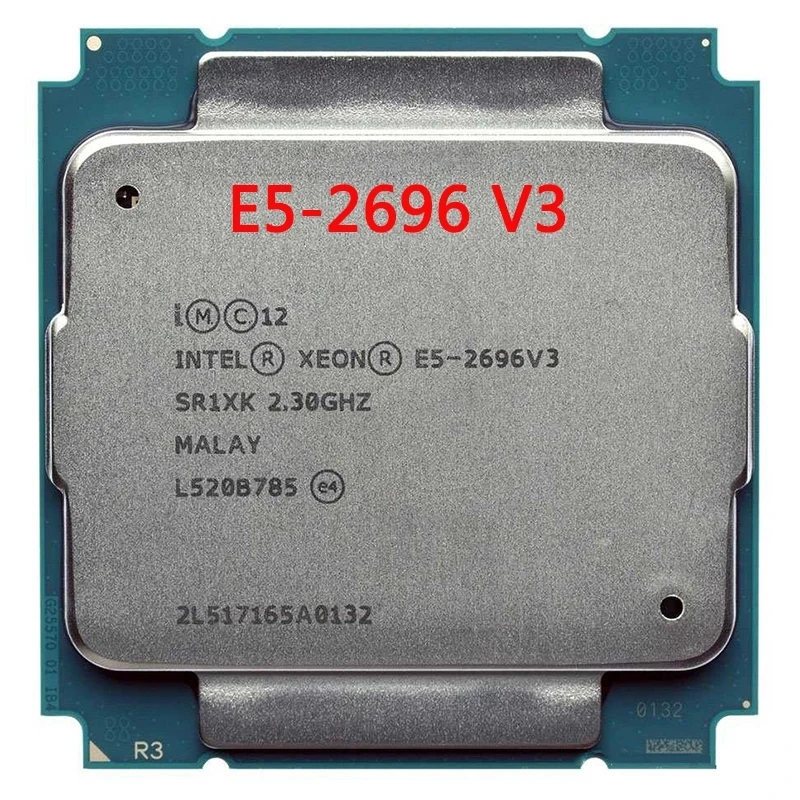
- An integrated I/O controller and support for direct storageto-cache
data transfers help to increase performance for
data-demanding applications.
The most advanced reliability features of any Intel Xeon
processor family
- Intel® Run Sure Technology3 includes a robust set of
advanced reliability, availability, and serviceability (RAS)
technologies to help reduce the frequency and cost of
unplanned downtime.- Enhanced Machine Check Architecture Recovery
Gen 2 extends error recovery to the execution core
for higher reliability. - Address range memory mirroring supports extreme
data reliability for targeted needs without driving up
system-wide memory requirements.
- Enhanced Machine Check Architecture Recovery
- Multiple DIMM rank sparing and DDR4 recovery for
command and address parity errors help to improve
uptime and reduce service costs even more.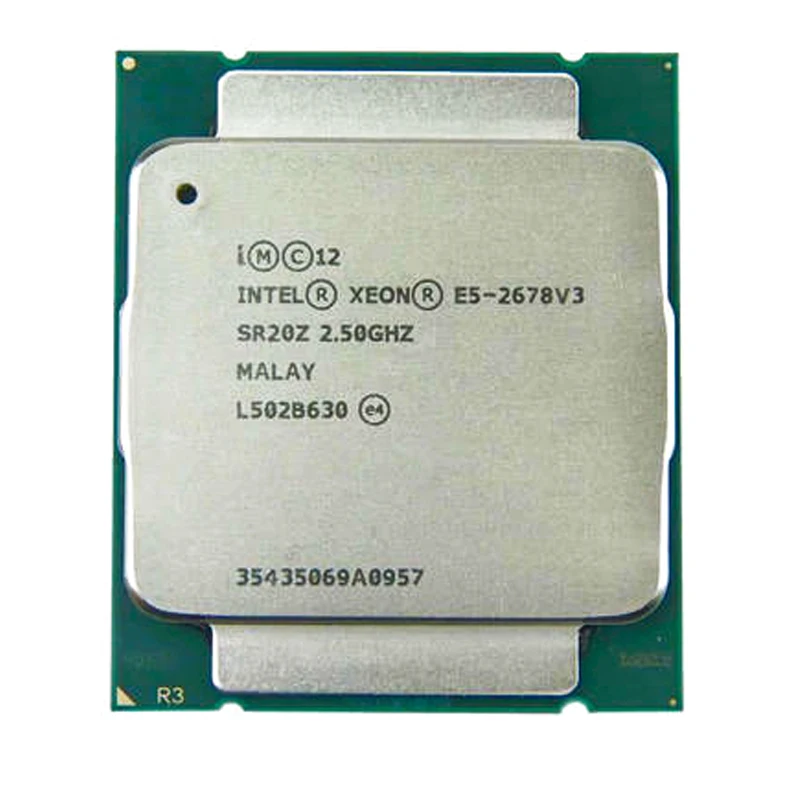
Hardware-enhanced security to reduce risk
- Intel® Data Protection Technology with Intel® Advanced
Standard New Instructions (Intel® AES-NI) and Secure
Key enable stronger data protection with less impact on
application performance. - Intel® Platform Protection Technology with Intel®
Trusted Execution Technology (Intel® TXT), OS Guard, and
BIOS Guard enable higher security, trust, and compliance.
Technical Specifications:
| Intel® Xeon® Processor E7 V3 Family Specifications | |||||||
|---|---|---|---|---|---|---|---|
| E7-8893 v3 | 3.2 | 45M | 140W | 4 | 9.6GT/s | ||
| E7-8891 v3 | 2.8 | 45M | 165W | 10 | 9. 6GT/s 6GT/s |
||
| E7-8880L v3 | 2.0 | 45M | 115W | 18 | 9.6GT/s | ||
| E7-8867 v3 | 2.5 | 45M | 165 W | 16 | 9.6GT/s | ||
| E7-8890 v3 | 2.5 | 45M | 165 | 18 | 9.6GT/s | ||
| E7-8880 v3 | 2.3 | 45M | 150W | 18 | 9.6GT/s | ||
| E7-8870 v3 | 2.1 | 45M | 140W | 18 | 9.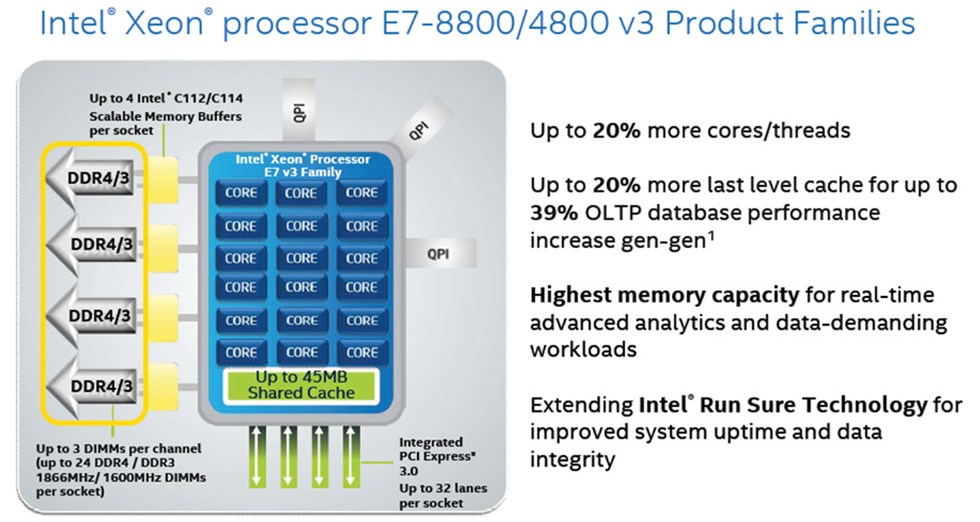 6GT/s 6GT/s |
||
| E7-8860 v3 | 2.2 | 40M | 140W | 16 | 9.6GT/s | ||
| E7-4850 v3 | 2.2 | 35M | 115W | 14 | 8.0GT/s | ||
| E7-4830 v3 | 2.1 | 30M | 115W | 12 | 8.0GT/s | ||
| E7-4820 v3 | 1.9 | 25M | 115W | 10 | No Turbo | 6.4GT/s | |
| E7-4809 v3 | 2.0 | 20M | 115W | 8 | No Turbo | 6.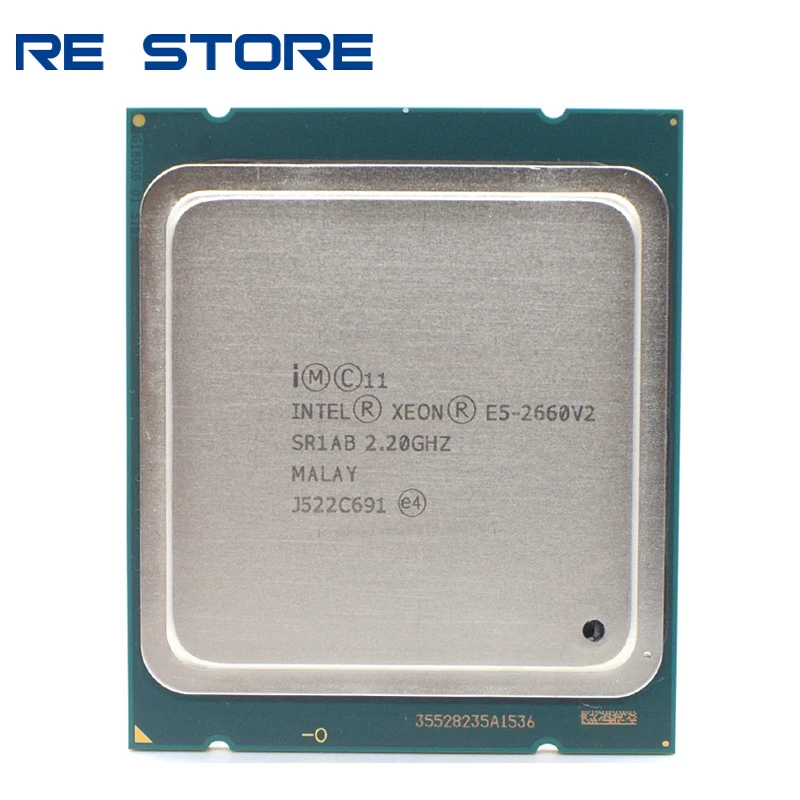 4GT/s 4GT/s |
|
Documentation:
Download the Intel E7 Xeon Product Brief(PDF).
0026 vs 2.8GHz
25 vs 18
Why is Intel Xeon E7-8870 better than Intel Core i7-980X?
- 20.12% higher CPU speed?
10 x 2.4GHz vs 6 x 3.33GHz - 267MHz higher RAM speed?
1333MHz vs 1066MHz - 8 more CPU threads?
20 vs 12 - 1.06MB more L2 cache?
2.56MB vs 1.5MB - 18MB more L3 cache? more memory bandwidth?
102GB/s vs 25.6GB/s - 4072GB more max memory?
4096GB vs 24GB - 1 more memory channels?
4 vs 3
What are the most popular comparisons?
Intel Core i7-980x
VS
Intel Core i7-990x
Intel Xeon E7-8870
VS
Intel E5-2699 V4
I7-980X 9000 VS 9000 VS 9000 VS 9000 VS 9000 VS 9000 VS 9000 VS 9000 VS 9000 VS -3770
Intel Xeon E7-8870
VS
Intel Xeon E7-4870
Intel Core i7-980x
VS
Intel Core i7-37703
Intel Xeon E788888888888888888888888888888888888888888888888888888888888888888888888888888888888888888LAY0003
Intel Xeon Gold 6230
Intel Core i7-980X
vs
Intel Core i7-3930K
Intel Xeon E7-8870
vs
Intel Xeon Platinum 8180
Intel Core i7-980X
vs
Intel Core i7-4790k
Intel Xeon E7-8870
VS
Intel Xeon Gold 6146
Intel Core i7-980x
AMD FX-6300
INTEL XEON EUSK Intel Xeon Processor E7-4890 V2
Intel Core i7-980x
VS
AMD Ryzen 5 Pro 2400G
Intel Xeon E7-8870
VS
Intel Xeon E5-2690
Intel Core I7-980X
VS 9000 VS 9000 VS 9000 VS 7 3700x
Intel Xeon E7-8870
VS
Intel Xeon E5-2699R V4
Intel Core i7-980X
VS
Intel Core I5000 9000 9000 9000 VS Xeon E5504
Intel Core i7-980x
VS
Intel Core i7-5820k
Intel Xeon E7-8870
VS
Intel Xeon E5-4650
10 x 2.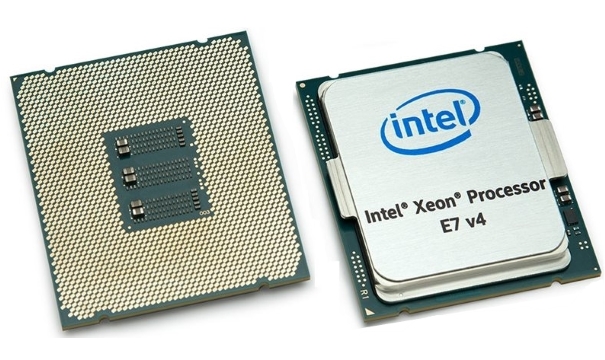 4GHz
4GHz
CPU speed indicates how many processing cycles per second the processor can perform, considering all its cores (processors). It is calculated by adding the clock speeds of each core or, in the case of multi-core processors, each group of cores.
processor thread
More threads result in better performance and better multitasking.
turbo clock speed
3.6GHz
2.8GHz
When the processor is running below its limits, it can jump to a higher clock speed to increase performance.
Has unlocked multiplier
✔Intel Core i7-980X
✖Intel Xeon E7-8870
Some processors come with an unlocked multiplier and are easier to overclock, allowing for better performance in games and other applications.
L2 cache
2.56MB
More L2 cache results in faster results in CPU and system performance tuning.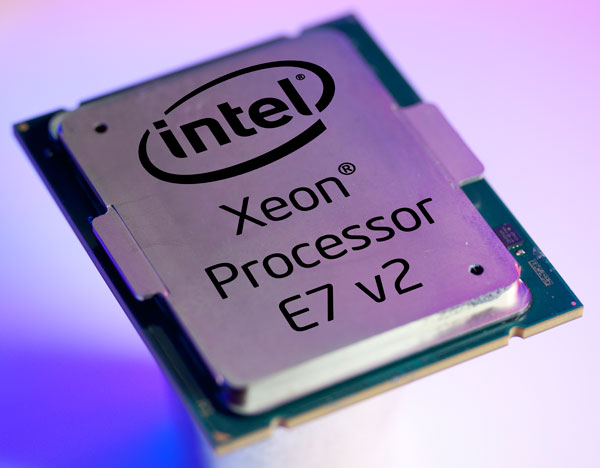
L3 cache
More L3 scratchpad memory results in faster results in CPU and system performance tuning.
L1 cache
Unknown. Help us offer a price. (Intel Xeon E7-8870)
More L1 scratchpad memory results in faster results in CPU and system performance tuning.
L2 core
0.25MB/core
0.26MB/core
More data can be stored in L2 scratchpad for access by each processor core.
L3 core
2MB/core
3MB/core
More data can be stored in L3 scratchpad for access by each processor core.
Geotagging
PassMark result
Unknown. Help us offer a price. (Intel Xeon E7-8870)
This test measures processor performance using multithreading.
PassMark result (single)
Unknown. Help us offer a price.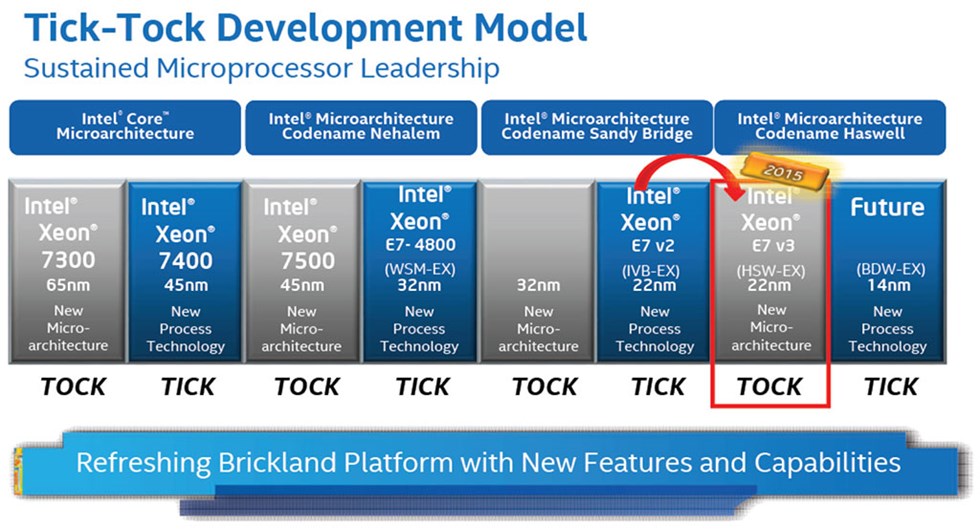 (Intel Xeon E7-8870)
(Intel Xeon E7-8870)
This test measures processor performance using a thread of execution.
Geekbench 5 result (multi-core)
Unknown. Help us offer a price. (Intel Core i7-980X)
Unknown. Help us offer a price. (Intel Xeon E7-8870)
Geekbench 5 is a cross-platform benchmark that measures multi-core processor performance. (Source: Primate Labs, 2022)
Cinebench R20 result (multi-core)
Unknown. Help us offer a price. (Intel Core i7-980X)
Unknown. Help us offer a price. (Intel Xeon E7-8870)
Cinebench R20 is a benchmark that measures the performance of a multi-core processor by rendering a 3D scene.
Cinebench R20 result (single core)
Unknown. Help us offer a price. (Intel Core i7-980X)
Unknown. Help us offer a price. (Intel Xeon E7-8870)
Cinebench R20 is a test to evaluate the performance of a single core processor when rendering a 3D scene.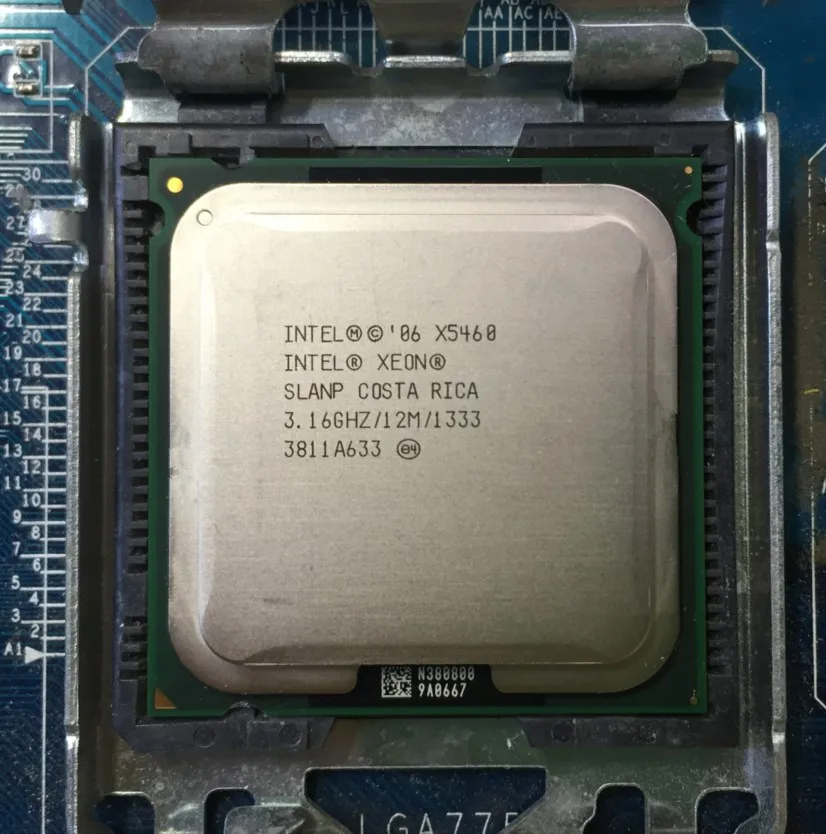
Geekbench 5 result (single core)
Unknown. Help us offer a price. (Intel Core i7-980X)
Unknown. Help us offer a price. (Intel Xeon E7-8870)
Geekbench 5 is a cross-platform benchmark that measures the single-core performance of a processor. (Source: Primate Labs, 2022)
Blender test result (bmw27)
Unknown. Help us offer a price. (Intel Core i7-980X)
Unknown. Help us offer a price. (Intel Xeon E7-8870)
Blender benchmark (bmw27) measures CPU performance by rendering a 3D scene. More powerful processors can render a scene in a shorter time.
Blender (classroom) result
Unknown. Help us offer a price. (Intel Core i7-980X)
Unknown. Help us offer a price. (Intel Xeon E7-8870)
The Blender (classroom) test measures CPU performance by rendering a 3D scene. More powerful processors can render a scene in a shorter time.
performance per watt
Unknown. Help us offer a price. (Intel Xeon E7-8870)
This means that the processor is more efficient, giving more performance per watt of power used.
Integrated graphics
GPU clock speed
∅
N/A
Unknown. Help us offer a price. (Intel Xeon E7-8870)
The graphics processing unit (GPU) has a higher clock speed.
Turbo GPU
∅
Not applicable
Unknown. Help us offer a price. (Intel Xeon E7-8870)
When the GPU is running below its limits, it can jump to a higher clock speed to increase performance.
GPU actuators
∅
Not applicable
Unknown. Help us offer a price. (Intel Xeon E7-8870)
A graphics processing unit (GPU) with more execution units can provide better graphics.
monitor support
∅
N/A
Unknown. Help us offer a price. (Intel Xeon E7-8870)
By using multiple displays, you can expand your workspace, making it easier to work across multiple applications.
DirectX version
∅
Not applicable
Unknown. Help us offer a price. (Intel Xeon E7-8870)
DirectX is used in games with a new version that supports better graphics.
OpenGL version
∅
Not applicable
Unknown. Help us offer a price. (Intel Xeon E7-8870)
The newer version of OpenGL, the better graphics quality in games.
OpenCL version
Unknown. Help us offer a price. (Intel Core i7-980X)
Unknown. Help us offer a price. (Intel Xeon E7-8870)
Some applications use OpenCL to take advantage of graphics processing unit (GPU) power for non-graphical computing. Newer versions are more functional and better quality.
Newer versions are more functional and better quality.
texture units (TMUs)
∅
Not applicable
Unknown. Help us offer a price. (Intel Xeon E7-8870)
TMUs take texture units and map them to the geometric layout of the 3D scene. More TMUs generally means texture information is processed faster.
ROPs imaging units
∅
Not applicable
Unknown. Help us offer a price. (Intel Xeon E7-8870)
ROPs are responsible for some of the final steps of the rendering process, such as writing the final pixel data to memory and for performing other tasks such as anti-aliasing to improve the appearance of graphics.
Memory
RAM speed
1066MHz
1333MHz
Can support faster memory which speeds up system performance.
maximum memory bandwidth
25.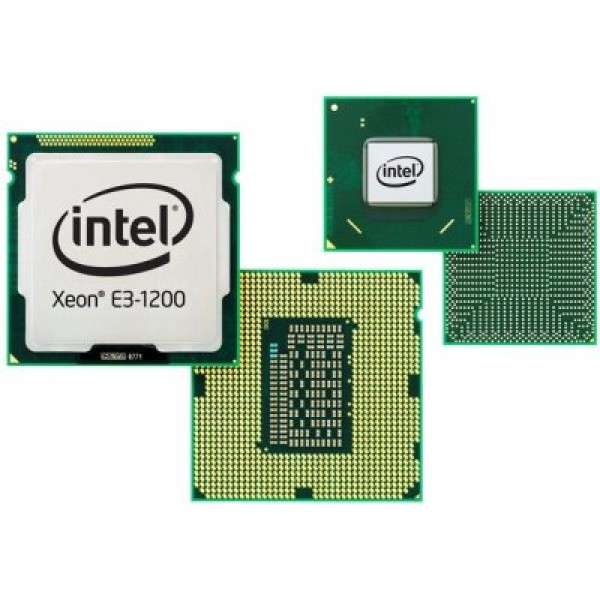 6GB/s
6GB/s
102GB/s
This is the maximum rate at which data can be read from or stored in memory.
DDR memory version
Unknown. Help us offer a price. (Intel Xeon E7-8870)
DDR (Double Data Rate Synchronous Dynamic Random Access Memory) is the most common type of RAM. New versions of DDR memory support higher maximum speeds and are more energy efficient.
memory channels
More memory channels increase the speed of data transfer between memory and processor.
maximum memory
4096GB
Maximum memory (RAM).
bus baud rate
6.4GT/s
6.4GT/s
The bus is responsible for transferring data between different components of a computer or device.
Supports memory troubleshooting code
✖Intel Core i7-980X
✔Intel Xeon E7-8870
Memory error recovery code can detect and repair data corruption.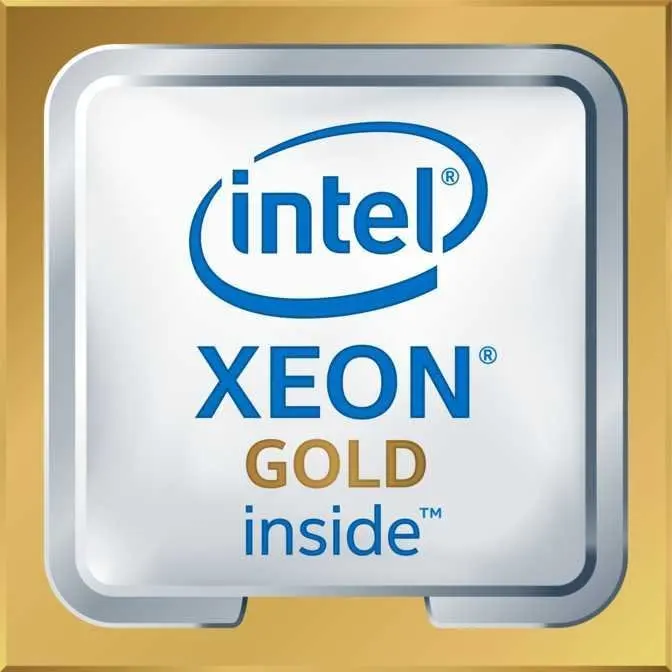 It is used when necessary to avoid distortion, such as in scientific computing or when starting a server.
It is used when necessary to avoid distortion, such as in scientific computing or when starting a server.
eMMC version
Unknown. Help us offer a price. (Intel Core i7-980X)
Unknown. Help us offer a price. (Intel Xeon E7-8870)
A newer version of eMMC — Built-in Flash Memory Card — speeds up the memory interface, has a positive effect on device performance, for example, when transferring files from a computer to internal memory via USB.
bus frequency
Unknown. Help us offer a price. (Intel Core i7-980X)
Unknown. Help us offer a price. (Intel Xeon E7-8870)
The bus is responsible for transferring data between various components of a computer or device
Functions
uses multi-threading
, Intel’s Hyperthreading or AMD’s Simultaneous Multithreading) delivers faster performance by dividing each physical processor core into logical cores, also known as threads.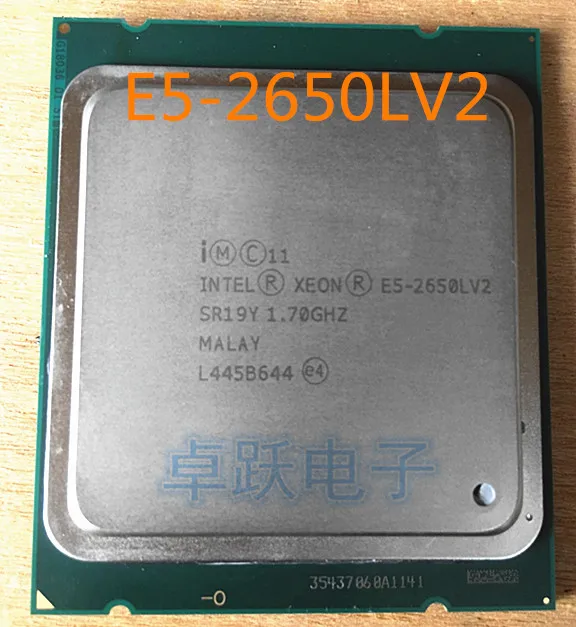 Thus, each core can run two instruction streams at the same time.
Thus, each core can run two instruction streams at the same time.
Has AES
✔Intel Core i7-980X
✔Intel Xeon E7-8870
AES is used to speed up encryption and decryption.
Has AVX
✖Intel Core i7-980X
✖Intel Xeon E7-8870
AVX is used to help speed up calculations in multimedia, scientific and financial applications, and to improve the performance of the Linux RAID program.
version of SSE
SSE is used to speed up multimedia tasks such as editing images or adjusting audio volume. Each new version contains new instructions and improvements.
Has F16C
✖Intel Core i7-980X
✖Intel Xeon E7-8870
F16C is used to speed up tasks such as adjusting image contrast or adjusting volume.
bits transmitted at the same time
Unknown.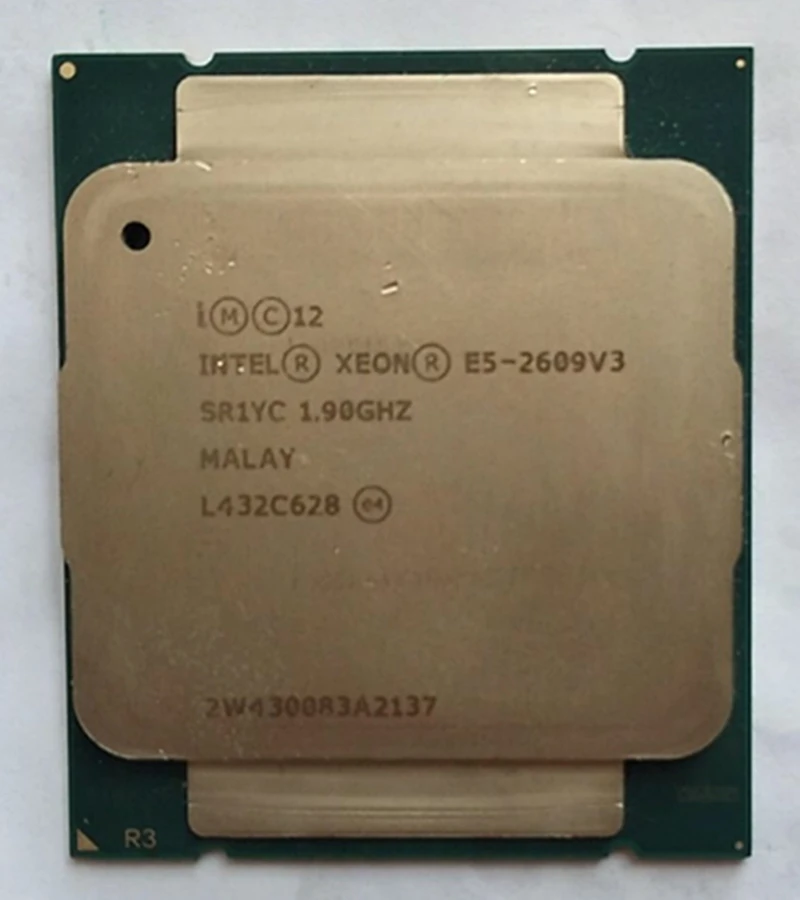 Help us offer a price. (Intel Core i7-980X)
Help us offer a price. (Intel Core i7-980X)
Unknown. Help us offer a price. (Intel Xeon E7-8870)
NEON provides faster media processing such as MP3 listening.
Has MMX
✔Intel Core i7-980X
✔Intel Xeon E7-8870
MMX is used to speed up tasks such as adjusting image contrast or adjusting volume.
Has TrustZone
✖Intel Core i7-980X
✖Intel Xeon E7-8870
Technology is integrated into the processor to ensure device security when using features such as mobile payments and digital rights management (DRM) video streaming .
interface width
Unknown. Help us offer a price. (Intel Core i7-980X)
Unknown. Help us offer a price. (Intel Xeon E7-8870)
The processor can decode more instructions per clock (IPC), which means that the processor performs better
Price comparison
Which CPUs are better?
This page is currently only available in English.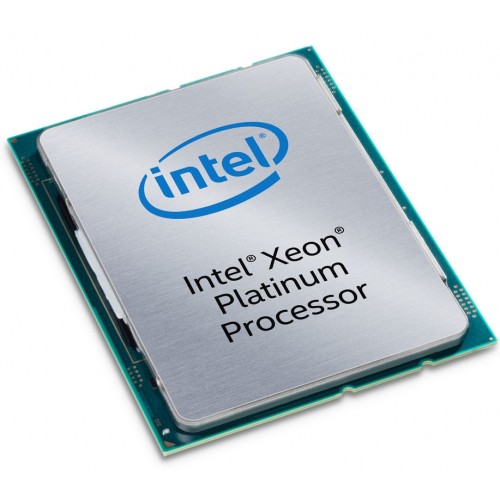
Intel introduced the Xeon E7 v3 line
At IDF 2014 in September, Intel introduced a new line of Xeon E5-v3 processors, which is now complemented by the E7 v3 family based on the modern «Haswell» architecture. The E7 server processors are superior in performance to the E5 models. If the previous generation of CPUs was focused on two-socket configurations, then with E7 v3, Intel focused on supporting 4- and 8-socket systems. Compared to the E5 line, the new CPUs also support more memory.
The new Xeon E7 v3 processors are targeted at systems that require high performance, large amounts of memory and a high level of reliability — Intel has focused on scalability and advanced RAS features. Among the areas of application are DBMS, ERP and CRM, as well as research projects. With the new server CPUs, Intel has remained committed to its tick-tock model. The previous generation («Ivy Bridge») received a new architecture («tick»), now it has been transferred to a new process technology («tuck»). The «Haswell» architecture has long been used in the consumer segment with Intel Core i7-4770K processors or slightly modified Intel Core i7-4790.
The «Haswell» architecture has long been used in the consumer segment with Intel Core i7-4770K processors or slightly modified Intel Core i7-4790.
» Photostrecke
«Haswell» architecture
A key feature of the «Haswell» architecture of the Xeon E7 v3 processors is the AVX 2 (Advanced Vector Extensions 2) instruction set. The processors can work with 256-bit integer vectors and support FMAC instructions. On the one hand, Intel has doubled the number of floating point operations per cycle, on the other hand, the results of the combined multiplication-add calculations are more accurate, since instead of two rounding operations in the case of FMAC, only one is used.
Intel also introduced both TSX and Restricted Transactional Memory. To ensure that multi-core processors always work with up-to-date data, the Look operation is supported. When multiple threads work with memory, the corresponding memory regions are first locked (Lock) so that the data does not change during operations on them. With this principle, each core always receives up-to-date data. However, such locks not only introduce additional latency, but are often redundant because multiple threads rarely compete for the same memory space. With «Haswell» it is possible to work without locking Lock, the data will be written to the fast L1 cache. But at the same time, there must be a hardware mechanism that would determine the simultaneous access to the same data and process it correctly. There are two such mechanisms in the Haswell architecture. «Hardware Locked Elision» works in accordance with the mentioned principle and recalculates the old code, taking into account conflict locks. The «Restricted Transactional Memory» mechanism reports a crash to the software, which can decide for itself whether it should work with locks or retry the transaction later. Both mechanisms work at the level of the L1 data cache in the CPU, but Haswell can also change subbands in the L2 cache.
With this principle, each core always receives up-to-date data. However, such locks not only introduce additional latency, but are often redundant because multiple threads rarely compete for the same memory space. With «Haswell» it is possible to work without locking Lock, the data will be written to the fast L1 cache. But at the same time, there must be a hardware mechanism that would determine the simultaneous access to the same data and process it correctly. There are two such mechanisms in the Haswell architecture. «Hardware Locked Elision» works in accordance with the mentioned principle and recalculates the old code, taking into account conflict locks. The «Restricted Transactional Memory» mechanism reports a crash to the software, which can decide for itself whether it should work with locks or retry the transaction later. Both mechanisms work at the level of the L1 data cache in the CPU, but Haswell can also change subbands in the L2 cache.
Add to this a QPI bus accelerated to 9. 6 GT/s and an Integrated Voltage Regulator that makes Power States switching faster and more accurate. The Xeon E7 v3 memory controller supports not only DDR3, but also the new DDR4 standard. Eight channels and 24 memory banks are supported per socket. That is, modules with a capacity of up to 64 GB can be installed in the system, as a result, 4-socket servers will have at their disposal up to 6 TB of memory, and 8-socket systems — up to 12 TB. As in the case of previous generations, memory can be connected in different ways. Performance Mode supports two channels to double the throughput, Lockstep mode uses only one channel but provides improved error correction. In Lockstep mode, 1600 MT/s DDR3 modules and 1.866 MT/s DDR4 modules are supported. Additional RAS features are supported for added data protection, including MCA, Multiple Rank Sparing and DDR4.
6 GT/s and an Integrated Voltage Regulator that makes Power States switching faster and more accurate. The Xeon E7 v3 memory controller supports not only DDR3, but also the new DDR4 standard. Eight channels and 24 memory banks are supported per socket. That is, modules with a capacity of up to 64 GB can be installed in the system, as a result, 4-socket servers will have at their disposal up to 6 TB of memory, and 8-socket systems — up to 12 TB. As in the case of previous generations, memory can be connected in different ways. Performance Mode supports two channels to double the throughput, Lockstep mode uses only one channel but provides improved error correction. In Lockstep mode, 1600 MT/s DDR3 modules and 1.866 MT/s DDR4 modules are supported. Additional RAS features are supported for added data protection, including MCA, Multiple Rank Sparing and DDR4.
New E7 server CPUs from Intel
More Cores, Higher TDP
As always, the new Xeon server processors deliver significantly higher performance while lowering system and operating costs.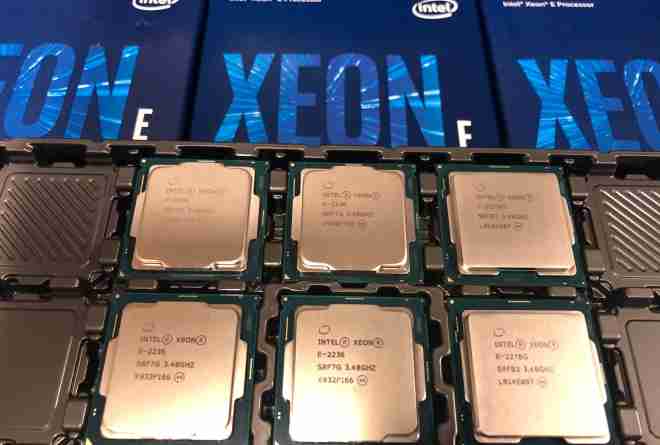 Intel claims a 2.75x improvement in performance and savings of around 20%. In these calculations, Intel compares the E7 v2 with the E7 v3. We get a further increase in the number of cores, slightly higher clock speeds and a slightly higher level of power consumption. The fastest v2 processors contained 15 cores and worked with a TDP of 155W, now the maximum number of cores has increased to 18, and the TDP is up to 165W TDP.
Intel claims a 2.75x improvement in performance and savings of around 20%. In these calculations, Intel compares the E7 v2 with the E7 v3. We get a further increase in the number of cores, slightly higher clock speeds and a slightly higher level of power consumption. The fastest v2 processors contained 15 cores and worked with a TDP of 155W, now the maximum number of cores has increased to 18, and the TDP is up to 165W TDP.
Top model — Intel Xeon E7-8890 v3. The processor is equipped with 18 cores, cache capacity is 45 MB, the base clock frequency is from 2.1 to 2.5 GHz, depending on the use of AVX. In Turbo mode, if the temperature allows, single cores can increase the frequency up to 3.3 GHz depending on the load. But you have to pay for the top model: Intel asks $7.175. The Advanced segment also includes the Intel Xeon E7-8880 v3 for $5,986, the E7-8870 v3 for $4,672, and the Intel Xeon E7-8860 v3 for $4,060. The two fastest processors here are also equipped with 18 cores, the base frequency is from 2.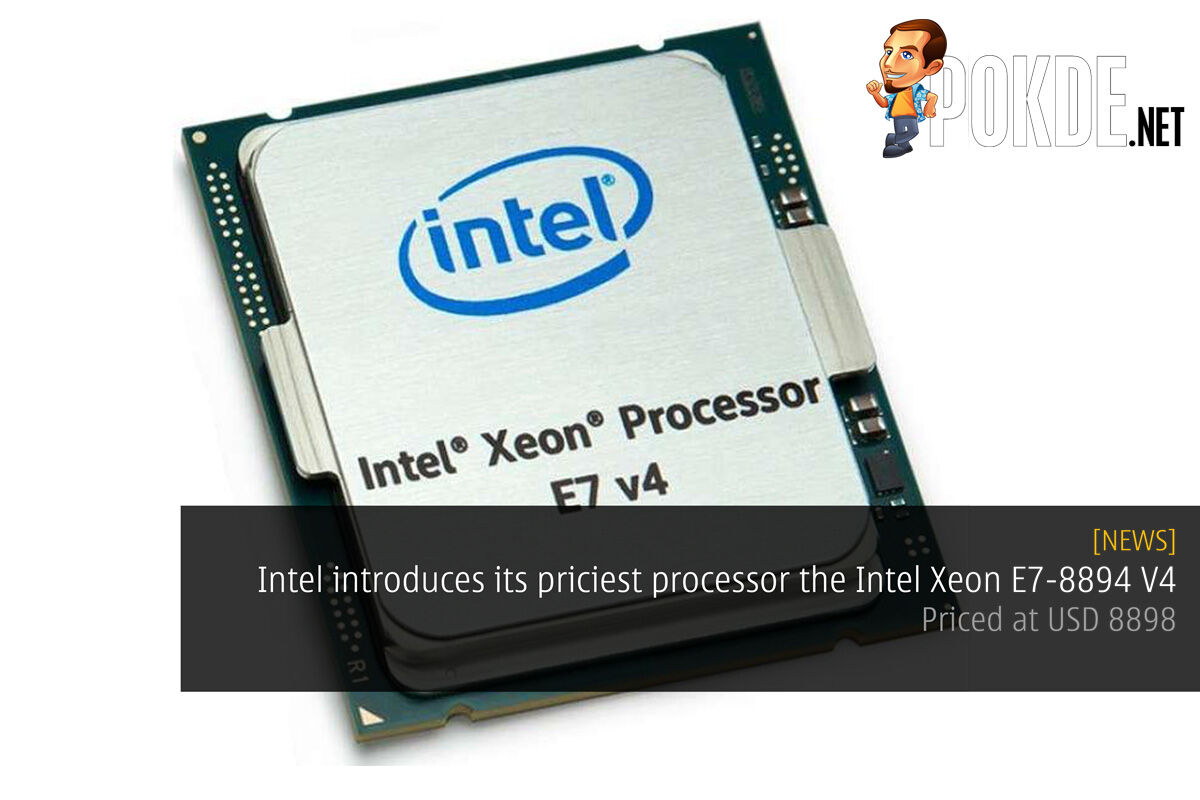 1 GHz to 2.3 GHz (without AVX), but the «younger» model contains «only» 16 cores and runs at 2.2 GHz. Intel’s TDP for two processors is 140W, but the «older» 8880 v3 has a 150W TDP.
1 GHz to 2.3 GHz (without AVX), but the «younger» model contains «only» 16 cores and runs at 2.2 GHz. Intel’s TDP for two processors is 140W, but the «older» 8880 v3 has a 150W TDP.
Large range of models
The Standard segment includes processors priced at $3.004 and $2.169 — 4-socket Xeon E7-4850 v3 and E7-4830 v3. They are equipped with 16 and 12 cores and operate at a base frequency of 2.2 and 2.1 GHz. The entry-level Basic segment is represented by the Intel Xeon E7-4820 v3 and E7-4809 v3 processors. They rely on 10 and 8 cores, the clock speed is 1.9 or 2.0 GHz. Here the key feature is the price: $1.502 and $1.224. As the number of cores decreased, so did the cache. For 14, 12, and 10 cores, we get 35, 30, and 30 MB of cache, respectively. For eight cores — only 20 MB. Some models have CPU derivatives with fewer cores but higher clock speeds.
All new Xeon processors will be available in the second quarter.
| Model | Nuclei | Frequency | CASH L3 | Memory | Price | |
|---|---|---|---|---|---|---|
| 4 | 3.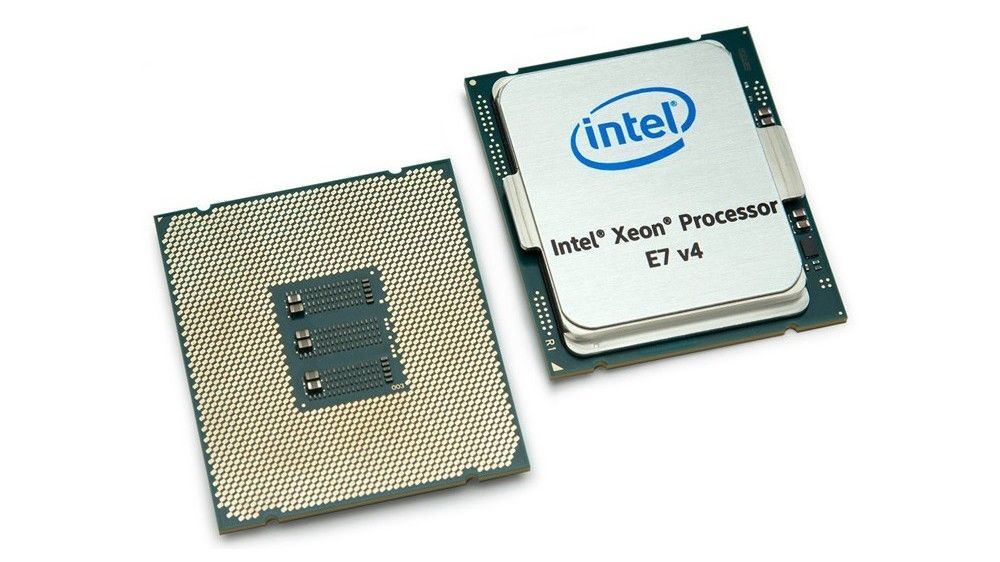 2 GHz 2 GHz |
45MB | DDR4-1866 / DDR3-1600 | 140 W | $6.841 | |
| Xeon E7-8891v3 | 10 | 2.8 GHz | 45MB | DDR4-1866 / DDR3-1600 | 165 W | $6.841 |
| Xeon E7-8890 v3 | 18 | 2.5 GHz | 45MB | DDR4-1866 / DDR3-1600 | 165 W | $7.165 |
| Xeon E7-8880L v3 | 18 | 2.0 GHz | 45MB | DDR4-1866 / DDR3-1600 | 115 W | $6.062 |
| Xeon E7-8880v3 | 18 | 2.3 GHz | 45MB | DDR4-1866 / DDR3-1600 | 150 W | $5.896 |
| Xeon E7-8870v3 | 18 | 2.1 GHz | 45MB | DDR4-1866 / DDR3-1600 | 140 W | $4.672 |
| Xeon E7-8867 v3 | 16 | 2.
|
